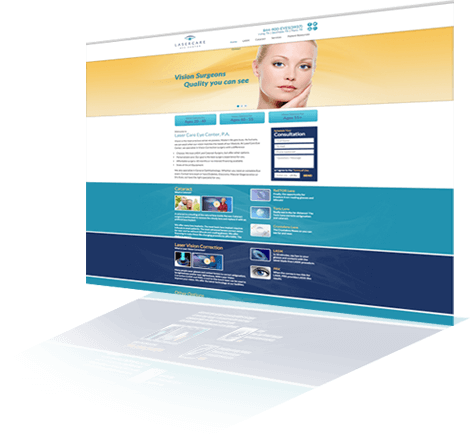Our Technology
Our founder, Dr. Sidney Gicheru, was an Electrical Engineer prior to becoming an Eye Surgeon. He is a self-professed technology geek and LaserCare Eye Center invests heavily in providing the latest technology for our patients. Our latest investment is for an Alcon Lensx Femtosecond laser with both Cataract surgery and LASIK flap-making capabilities.
Lasers for LASIK and PRK
Intralase Femtosecond Laser: This laser is used to create a flap for the advanced “All Laser” IntraLASIK procedure. For FDA information, please click here.


Alcon Lensx Femtosecond Laser: Thus femtosecond laser was FDA approved making LASIK flaps in 2014. We were the first practice in Las Colinas with a Lensx laser.
Visx S4 Excimer Laser: This laser is used to reshape the cornea to correct myopia (nearsightedness), hyperopia (farsightedness) and astigmatism.

Lasers for Cataract Surgery and Arcuate Incisions in the Cornea
Lensx Femtosecond Laser: This femtosecond laser is FDA approved to perform LASIK flaps, as well as automating some of the surgical steps of Cataracts surgery. It can also be used to treat Astigmatism.
LASIK and PRK Corneal Reshaping technology
Everyone thinks LASIK is LASIK. In actuality, there are different technologies that are used to treat the cornea with LASIK and PRK.
Conventional treatments: A Conventional LASIK or PRK treatment means the information from the Phoropter (the machine the eye doctor puts in front of your eye to measure your eye prescription). While conventional treatments give great results, they have limits.
CustomVue treatments: We provide the latest CustomVue wavefront guided custom treatments. We use a device called a Wavescan (see below) to make a scan of your eye and use this information to perform a treatment that is truly customized for your eye.
WaveScan: This device makes a fingerprint-like scan of the eye that is used to do a customized LASIK treatment of your eye.
Screening Technology
The biggest risk with LASIK is a disease called Keratoconus. We use multiple devices to ensure you do not have Keratoconus and that LASIK can be safely performed on your eyes.
-
Oculus Pentacam: The gold standard in Anterior Segment Tomography. It provides an overall view of the front of the eye in less than 2 seconds. It uses a slit illumination and a Scheimpflug camera, which rotates around the eye.
Bausch and Lomb Orbscan II Corneal Tomography: This is a quick and painless diagnostic test that analyzes and measures the outer, middle and inner part of the cornea.
Zeiss-Humphrey Atlas Corneal Topography: A quick corneal topography test that measures the front surface of the cornea using Placido disc technology.
Patients with large pupils are at greater risk for developing night vision issues after LASIK. We screen our patients to ensure their pupils are not too big for LASIK.
-
Colvard Pupillometry: This is an infrared camera used to measure the size of human pupil in low light.










